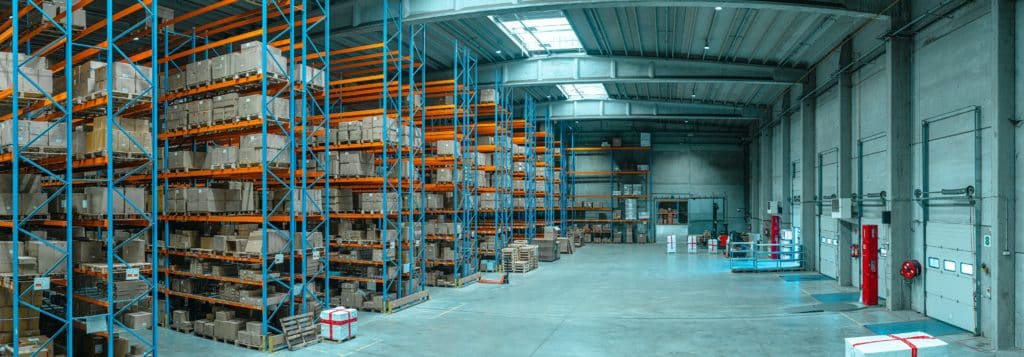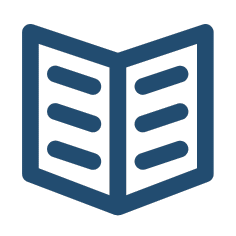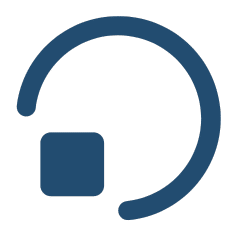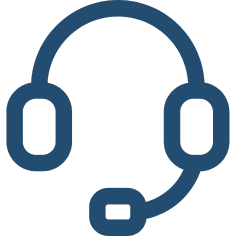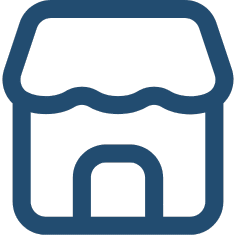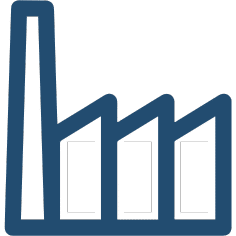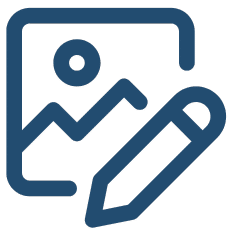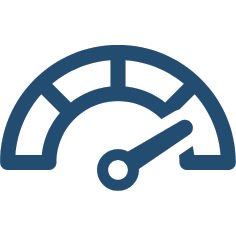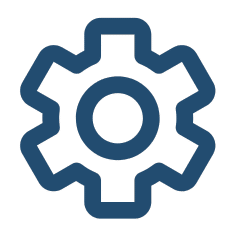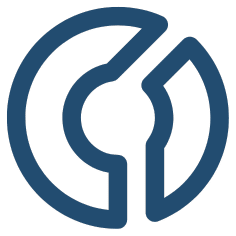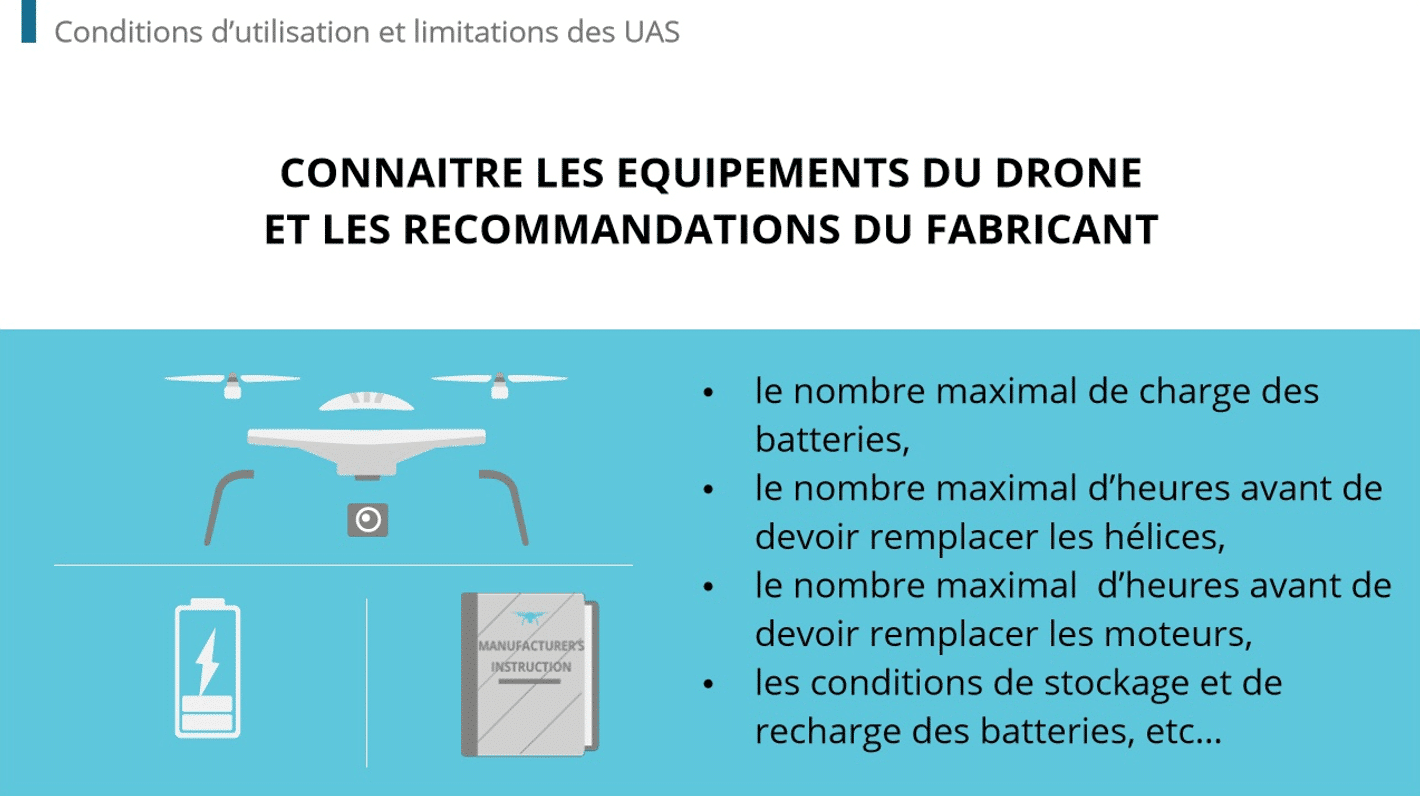How to improve Supply chain? Supply chain management is an essential element of any business that carries an inventory of physical goods and merchandise. Improper management can have dire consequences, ranging from downtime to soured customer relations. It can also have financial implications. Supply chain disruptions and mismanagement can cause up to a 62% financial loss, according to a 2022 report. One way to vastly improve stock inventorying is through digital learning. Find out how e-learning with Dokeos LMS is paving the way for more effective management solutions.
1. Cross-collaborate with suppliers
Treat suppliers as long-term partners rather than mere third-party vendors. As partners, communication is everything. The best way to improve timely communication is by adopting the same project/collaboration software. This creates an all-in-one network for all teams involved, including your company, supplier, courier, etc. This brings siloed teams together through a single communication hub.
Create a digital learning course that outlines the rules and etiquette regarding communication across teams. Examples include:
- Messages sent during business hours must be replied to within 24 hours
- Notices of delivery en route must be sent within one hour of courier departure
- News of delays must be relayed to the entire team rather than to a single member
2. Order by the bulk (when strategically viable)
Ordering supplies in larger quantities may be a financially smart move. Suppliers may offer bulk discounts. Larger orders may also reduce the total number of deliveries, further reducing costs and minimising potential delays. However, bulk orders can also carry negative consequences, particularly if an item’s supply far exceeds the demand. This may result in having to undersell the product at a profit loss.
With digital learning, assemble a course on demand forecasting. Educate staff on how to predict merchandise viability by examining industry trends and the sales performance of similar competing products.
3. Implement AI to improve demand forecasting
Going off of the last point. Improve demand forecasting accuracy by incorporating AI. Modern machine learning examines real-time metrics to forecast items that may be “hot” in the upcoming sales cycle. Using AI eliminates the human error element; forecasts are based solely on objective data. A modest improvement in demand forecasting accuracy can increase revenue by 3%, according to a report from the Institute of Business Forecasting & Planning (IBF). A forecast calculator is also available that estimates how much you can save in overhead spending for every percentage increase in forecasting accuracy.
4. Centralise document management
The logistics side of supply chains entails mounds of paperwork in the form of invoices, customs applications, inspection reports, bills of lading, etc. Create a digital repository for each document filed, even if the paperwork is completed through physical pen and paper. This repository is the one-stop destination for organising, filing, updating, and retrieving supply chain documents.
A digital course can cover procedures for document processing. This can come complete with instructions on best practices and prohibitive actions. Examples include a primer on security protocols when accessing documents on a personal device, or reporting instructions when a man-made error is detected on a document.
5. Carefully evaluate metrics and KPIs
Give supply chain metrics just as much precedence as you do for your marketing and sales metrics. There are multiple metrics to examine in this field. Consider these example KPIs:
- Warehousing costs – this includes overhead spending associated with labour, equipment use, shelving, and pallet racks.
- Inventory-to-sales ratio – this is a measurement of how much of an item is sold versus the item remaining in stock. Use this metric to avoid over- and under-ordering.
- Inventory velocity – this analyses the predicted sales volume of an item within a quarterly or yearly timeframe. This information helps determine when items need restocking.
Implement digital learning to educate staff on metrics, their definitions, and how to analyse them to measure supply chain effectiveness. Students should understand the nature of each metric and why it’s chosen for a campaign.
6. Take into account sustainability and social responsibility
Acquiring goods and storing them requires resources. The goods you sell consume materials, from the manufacturing process to the packaging. The delivery of your supply also produces emissions-emitting fuel. What steps can you take to minimize your carbon footprint? The supply chain sector accounts for a disproportionately large portion of greenhouse gas emissions, as high as 40%, according to a Forbes report. Supply chain education should include a sustainability component complete with facts, figures, and statistics.
7. Practice risk mitigation
Supply chains are inherently risk-prone. Multiple risk factors like material shortage, vehicle breakdown, road closure, and cyber-attacks can cause delays. Contemplate how these risks can be minimized. Examples include utilizing more than one distributor and courier, and having a contingency plan in the event of a disruption.
Boost supply chain education with Dokeos LMS
Supply chain is such a critical part of business operations for companies providing physical commodities. To maximize effectiveness, your staff needs to understand the what, why, when, where, and how of supply chains. This is best relayed via e-learning with easy-to-access courses comprised of diverse media and gamification.
At Dokeos, we can help you design, create, and run in-house training that is tailored to your unique needs. With Dokeos, you can transform your employees into a knowledgeable, engaged, ever-learning workforce. Contact us!
Already have a few training programs set up but curious to learn more about using Dokeos? We can integrate you into the Dokeos LMS so that the transition is pain-free. We’ll also help you get oriented with our system so that you can be up and running in no time.
Make supply chain education engage-worthy with Dokeos LMS (Learning Management System). Get started with a free trial today!

